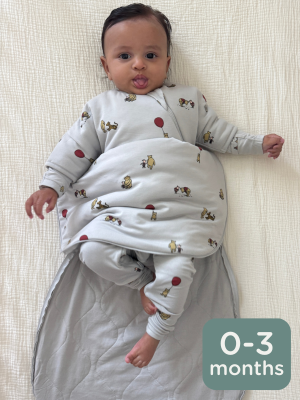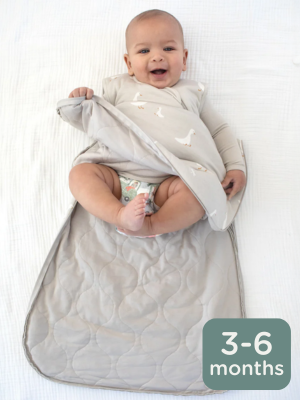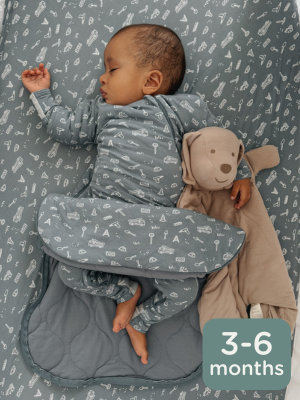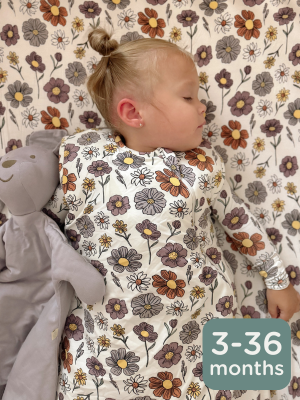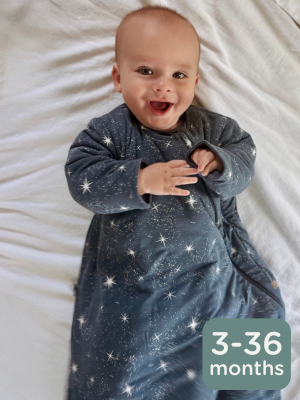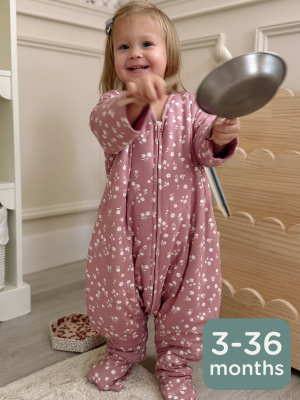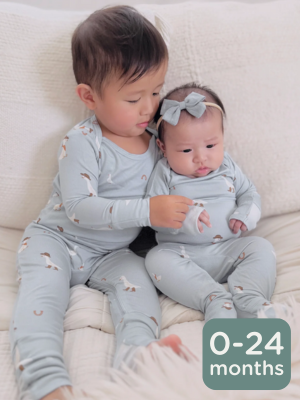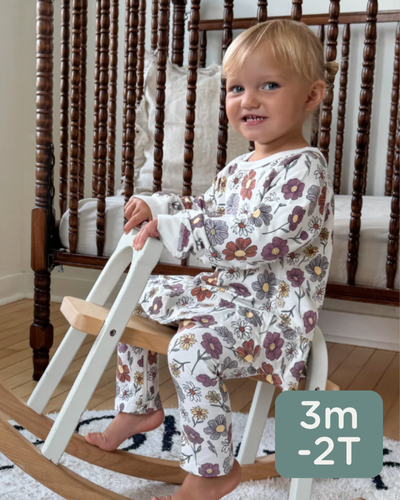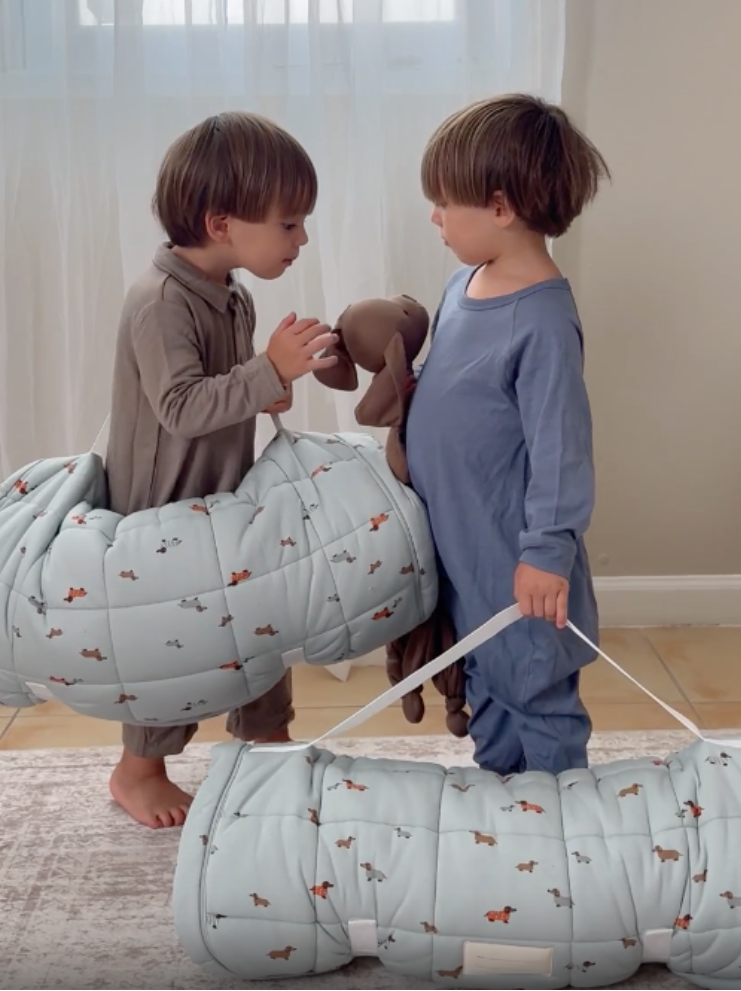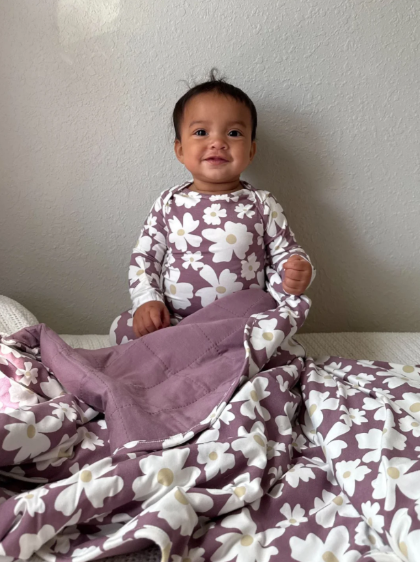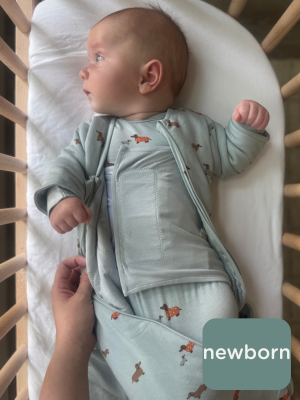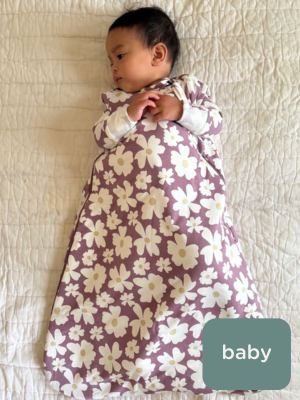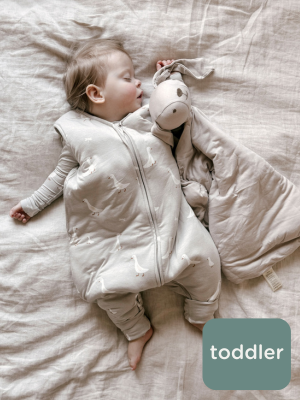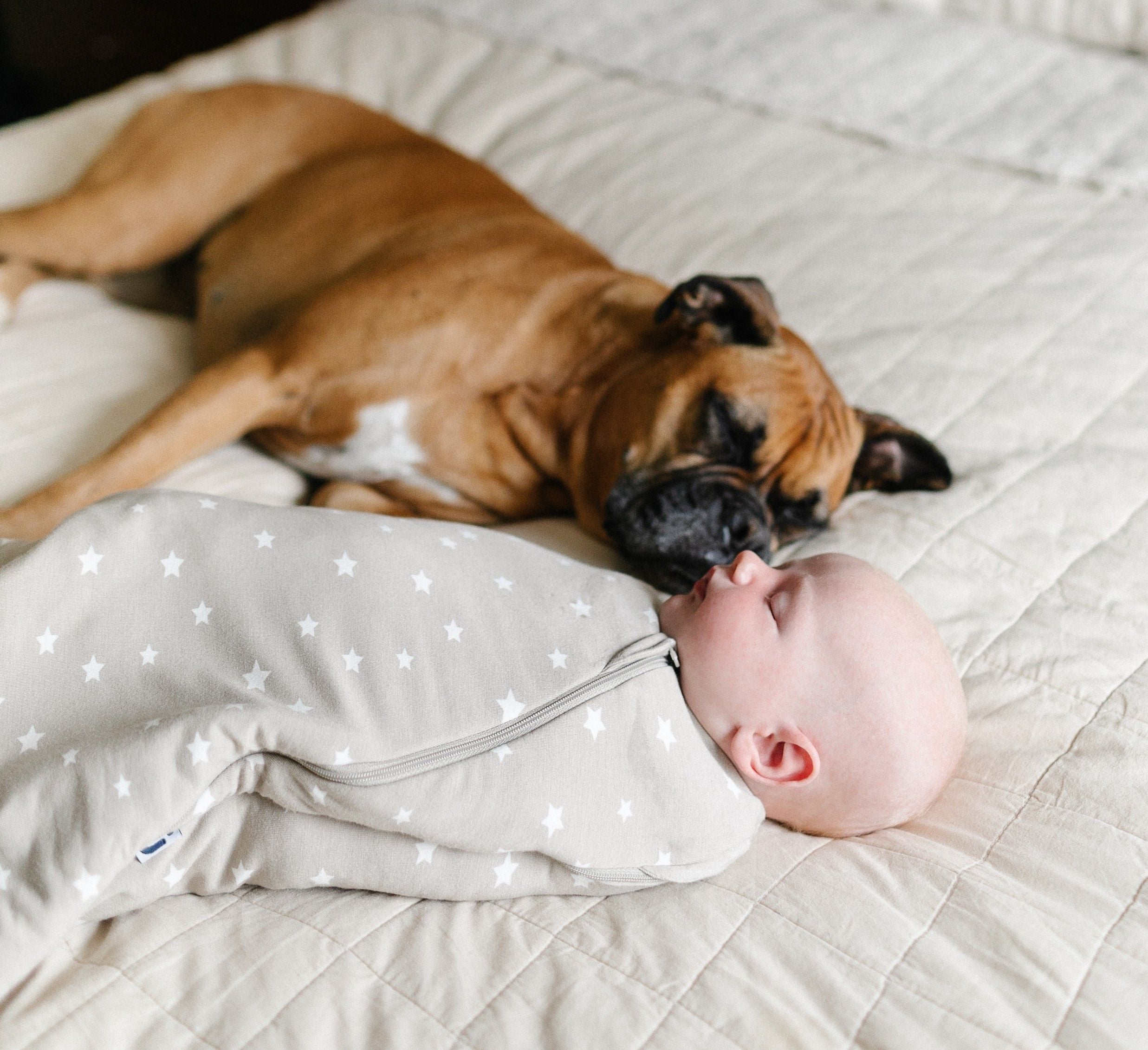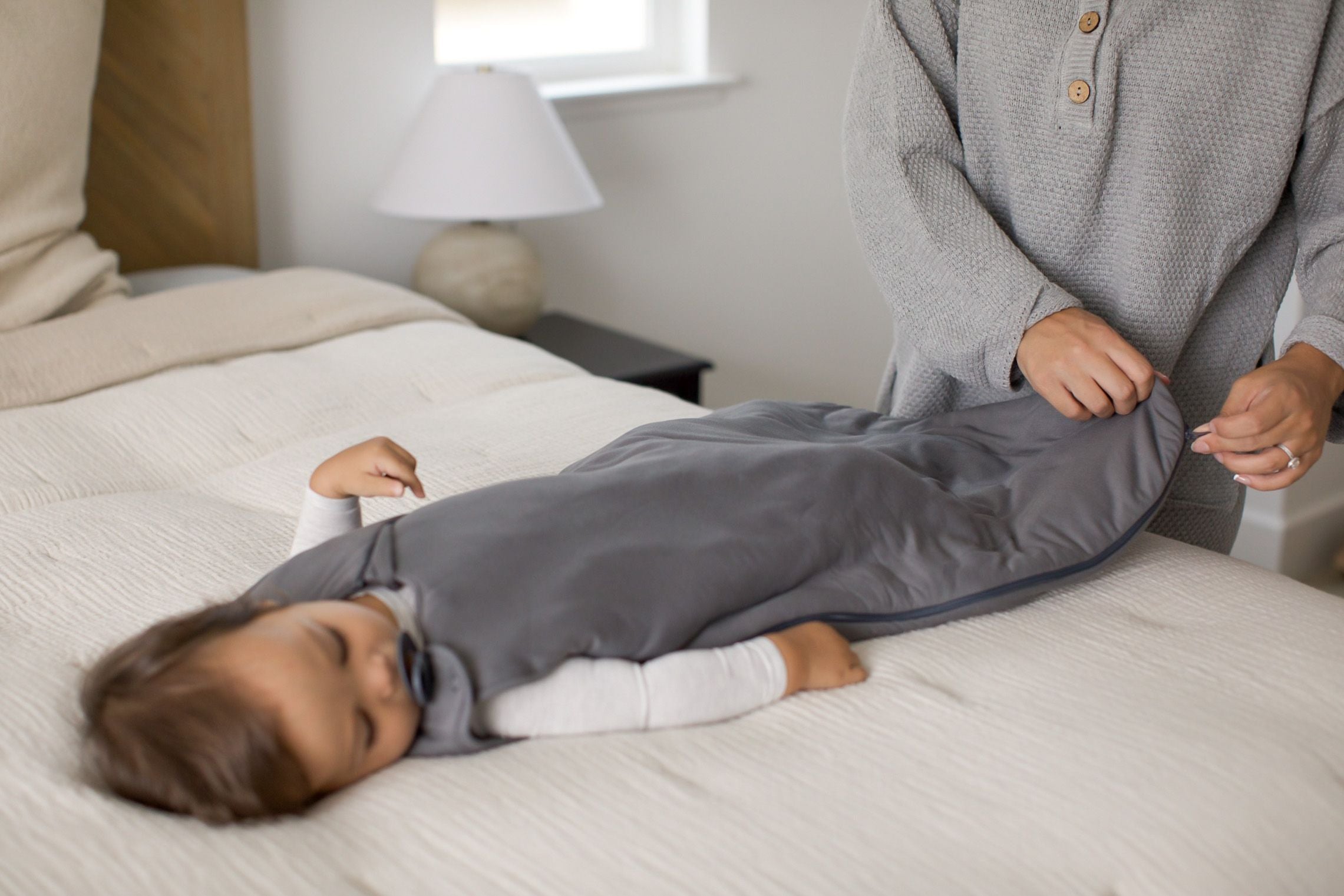What we wear to sleep and the temperature of our bedroom is crucial to a peaceful night's sleep. Sleep can quickly become restless and uncomfortable if our pajamas are too warm or if we don’t have enough blankets. However, if we get too hot or cold, we can easily shed layers, adjust the thermostat, or get another blanket. Babies can’t make these adjustments and they can’t tell us they are too hot or cold; they rely completely on us to keep them cozy and comfortable. So it's important for parents to learn how to dress baby for sleep.
Babies can’t regulate their temperature easily, especially premature babies or babies with a low birth weight. According to Stanford Children’s Health, babies lose heat four times faster than adults. When babies get too cold, even one degree below the ideal temperature of 97.7°F, they use vital energy and oxygen to stay warm. Likewise, babies can become too warm and overheat, which is linked to SIDS.
Keeping your baby at the right temperature doesn’t have to be overly complicated. Common sense, close proximity to your baby, and the proper sleep sacks and clothes can keep your baby at the right temperature.
Last week we covered how to choose the right TOG for your baby's sleep bag or swaddle, so this week we will talk about how to dress your baby under a sleep bag.
We know it can be overwhelming to figure out what to dress a baby in for sleep. To simplify this task, günamüna offers lightweight, convertible pajamas that are specifically designed to pair with our sleep bags.
The following features of our pajamas help to regulate your baby’s temperature:
- Designed to pair with our Sleep Bags
- Breathable fabric
- Convertible feet
- Fold-over mittens (sizes 0-9 months)
- Diaper Zipper
The Perfect Pair
The weight of our pajamas is intentionally designed to pair with our sleep bags. This makes things easy for parents because you don’t need to worry about a bunch of layers, different outfits, or endless buttons. You just need our convertible pajamas and the right sleep bag or swaddle.
Fabric
Our breathable fabric is made of ultra-soft 95% bamboo viscose and 5% spandex. It’s also hypoallergenic and wicks moisture. You will love to snuggle your baby in these pjs!
Convertible Feet and Fold Over Mittens
If your baby needs extra warmth, use the fold-over mittens and convertible feet to keep their hands and feet cozy. Having this feature also means you don’t need to fuss with mittens or socks that never seem to stay in place. Warm summer day? No problem! Flip the feet back to give your baby’s cute little toes some extra air. Chilly evening? Cover their feet and hands to give you peace of mind that your baby is snug as a bug.
Diaper Zipper
Our diaper zipper makes it super simple for parents to keep their babies cozy during those middle of the night diaper changes. Our sleep bags and swaddles also have this feature to keep your baby comfortable at all times.
The ideal room temperature for a baby to sleep in is 68°-72°F. If your baby’s room is at the lower end of this range, then a 2.6 TOG plus our convertible pajamas will keep your baby comfortable. If your room is closer to 72°F, then a 1.0 TOG plus our convertible pajamas is a great option. Does your baby prefer to have their arms covered? No problem! We have a Long Sleeve Duvet Sleep Bag.
If your baby is three months old or younger, we recommend our Swaddle Sleep Bag, available in a 0.5 TOG, 1.0 TOG, and a 2.6 TOG. Most babies this age prefer the 2.6 TOG because they can’t regulate their temperature as well as older babies.
It is also important to check for signs of distress or discomfort. If your baby has a full tummy and dry diaper but is still upset, this could indicate that they are too warm. Check their stomach or chest for signs of sweat or overheating. If these areas are too warm, quickly take off layers and cool them down. Rosy cheeks and quickened breath are also signs of overheating.
Likewise, if you notice your baby’s hands or feet are slightly bluish, take the proper steps to warm them up. Or, if they are lethargic, difficult to wake up, or not interested in eating they might be too cold. Skin-to-skin contact followed by nursing is a quick way to warm up your baby. For more signs that your baby is too hot or cold, check out this article from Healthline.
More reminders for dressing your baby for sleep:
- Choose snug fitting pajamas
- No hats or accessories
- No loose blankets or anything else in the crib. Go for a Sleep Bag instead!
Keep in mind that some babies may run hot or cold. You and your baby will figure out what works best for you; these are general guidelines to get you started. Again, common sense and gauging your comfort level are great tools to keep your baby comfortable.
günamüna has all your baby’s sleep needs covered. You do so much every day to keep your little one comfortable and happy, let us help you with the night shift.


